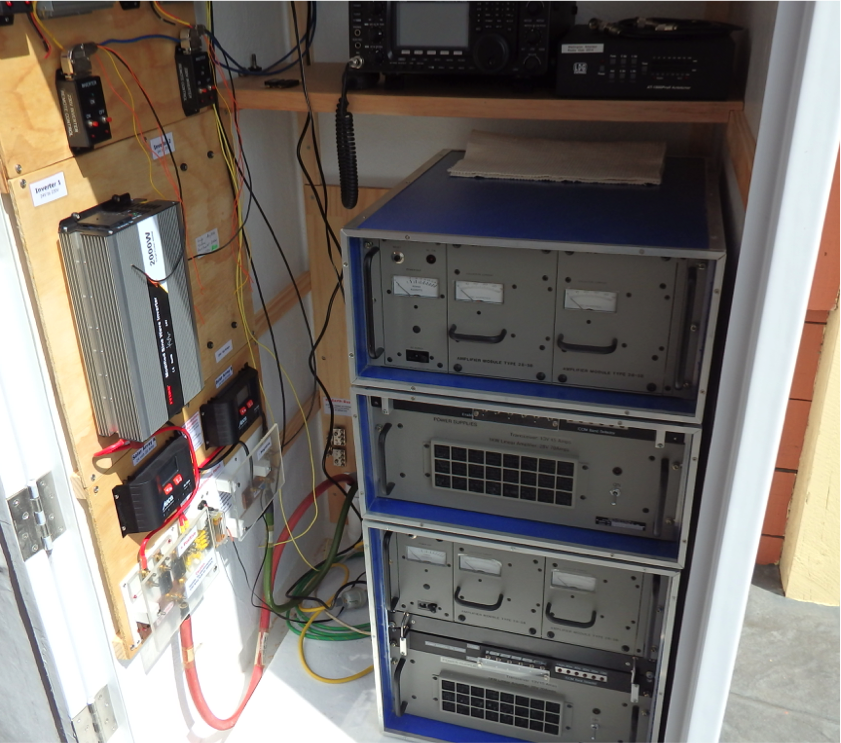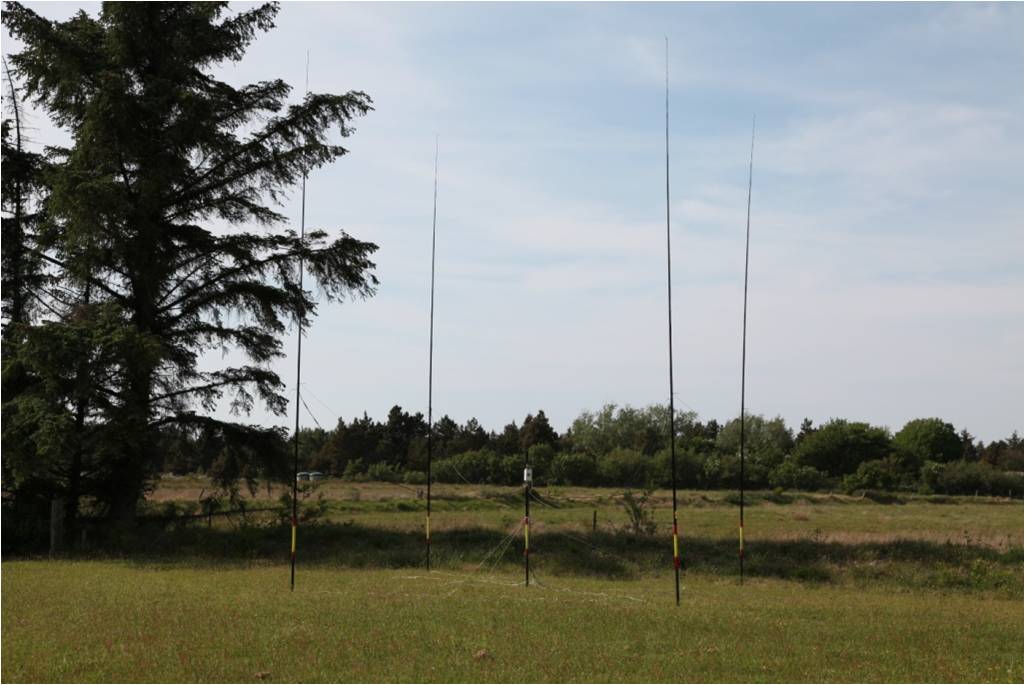
Doug ZL2AOV writes in his report on the WARC February 2016 club meeting:
“QHUG members are expecting “a very active year” – Bernard ZL2BD made a Powerpoint presentation showing his summer work fitting out the fibreglass box with solid-state linears and power supplies, switching regulators to provide 230v DC, 24v and 12v DC for the various items, plus a solar panel regulator and wiring harnesses for the huge battery bank. Progressive testing is imminent – any noise problems will be dealt with as they arise. Other jobs to do are: complete the antenna switching and the SCADA software to operate remotely (SCADA = Supervisory Controller & Data Acquisition). Frank ZL2TTS has been working on this. Cooling circuitry also needs assembly and installation; the enclosure’s front panel will be modified for this. Noted that Ralph ZL2AOH is stepping down as QHUG treasurer after many years.”




 As I mentioned at our last club meeting, I have been working on a paper that argues for a reconsideration of DX and contesting antennas for the low bands. This means that a smaller site would be required for any replacement station for Quartz Hill. I argue in the paper that phased vertical arrays make the most sense for 160m through 30m for a NZ DX location. Any site larger than about 1Ha would be adequate to build a collection of such arrays.
As I mentioned at our last club meeting, I have been working on a paper that argues for a reconsideration of DX and contesting antennas for the low bands. This means that a smaller site would be required for any replacement station for Quartz Hill. I argue in the paper that phased vertical arrays make the most sense for 160m through 30m for a NZ DX location. Any site larger than about 1Ha would be adequate to build a collection of such arrays.